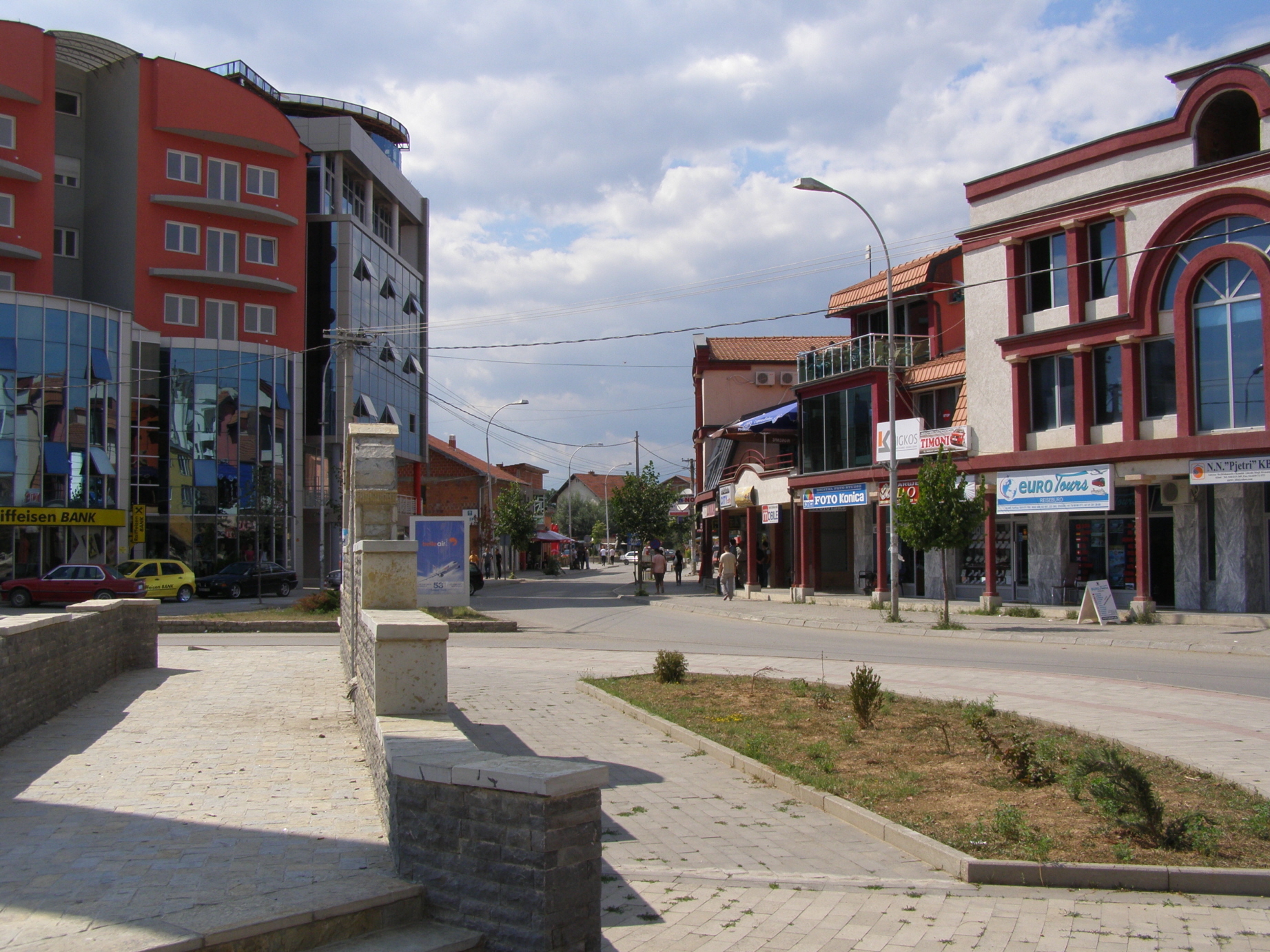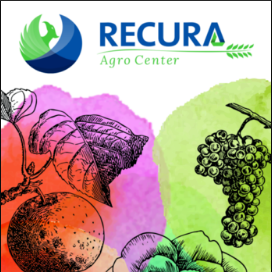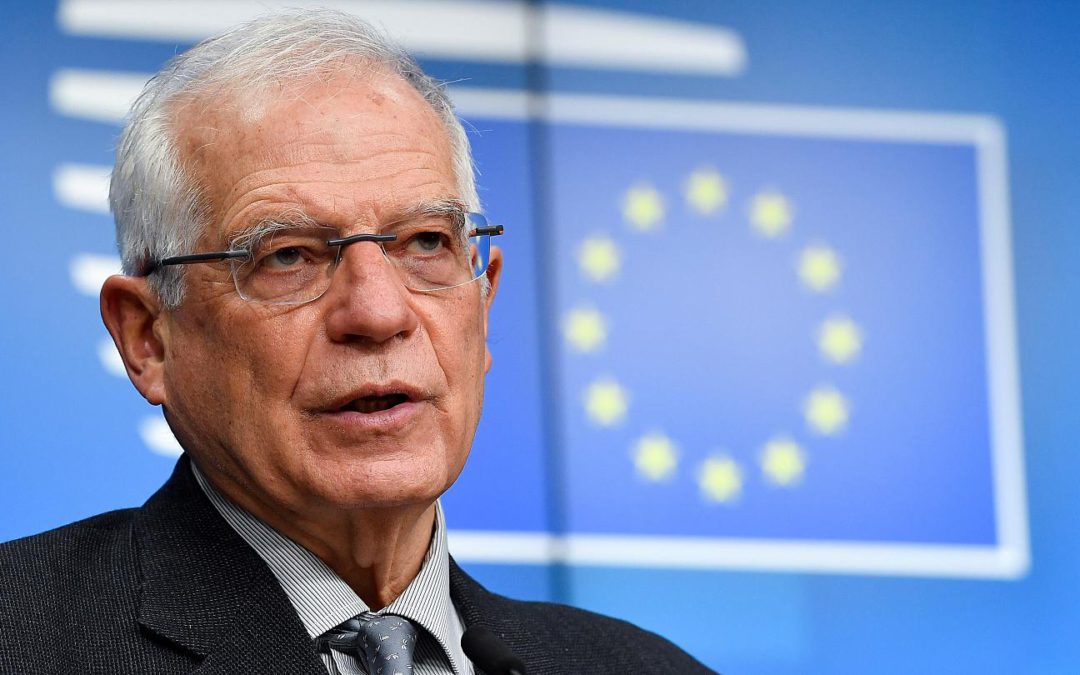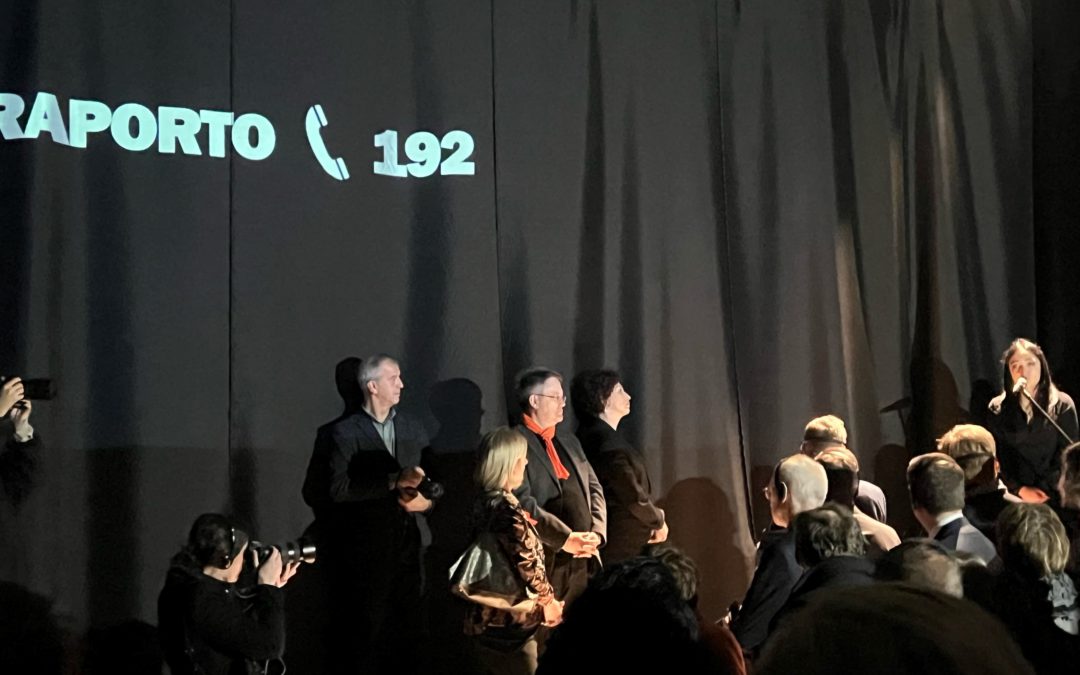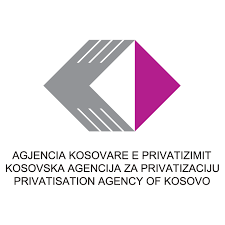Only about 350 people live in the approximatly 500 houses that were built for the people of the Serb community who returned to the municipality of Klina.
A 2002 governmental project aimed to return the Serbian minority to 18 villages in the municipality of Klina shows that 1,466 people were interested in returning to their residences.
In four out of 18 villages, there are no people who have returned. 15 houses remain empty in the village Pogragjë, two in Shtupel, one in Leskoc, and seven in Budisalci.
Silvija Raskovic, return official at the Directorate for Communities and Return in the municipality of Klina, who herself returned to live in Kosovo in 2010, says that many houses are empty in the villages that are considered to be populated by the Serbian community.
She says:”That is the case with the villages Biqë and Grapc whose citizens have returned in 2002. There are 28 houses built in Grapc but the people only use 5-7 of them, whereas in Biqë, people only use 2 or 3 houses of the 42 houses built there.”
The case is the same in other villages like Klinafc, Kryshevë e Madhe, Bërkovë, Rudicë, Dollc, Gremnikë, Poterq i Ulët, Dugajevë, and Drenoc, as well as in town, in Klinë.
Raskovic explains that the statistics are not always precise because families move or they don’t live in Klina all the time, sometimes splitting their time between Klina and Serbia.
Unlike these villages, the village Videjë is the most populated. From 66 houses built, 50 are used. According to returnees, one of the reasons for the higher population is that there is an operational school in the village.
In the return project, a house was built for each family, and they received food for six months as well as agricultural equipment, since this population mostly sustain themselves with agriculture.
Raskovic claims that the returnees are mostly elderly people who can’t use the agriculture equipment, so they sell it.
Ranko Kostic, official for integration in the Directorate for Communities and Return in the municipality of Klina, was one of the people who returned to Videja village twelve years ago.
According to him, the older generations are the ones who return the most.
Kostic says: “The new generations have started working or studying in Serbia and created stable lives, but the Serbs who have returned to live in Kosova have also continued their lives normally.”
Silvija Raskovic, meanwhile recounts that there have been cases when the families that returned “Have profited from the return project, have stayed in Klina for six months or a year and sold their houses, land, and the equipment and went back to Serbia.”
She adds that apart from selling the equipment, stealing is another thing that frightens the Serbs living in municipality of Klina.
Raskovic says that “As an example we can take the village Biqë that is not inhabited and most of the stuff was stolen, including the house roofs. Then the cases in Poterq and Drenoc last week, where their poultry got stolen.” She adds that her own house got broken into 8 times and that the police haven’t caught any suspects.
Raskovic and Kostic both claim that a reason that Serbs don’t stay in Klina is the difficulty to find jobs. According to them, this is the reason that pushes the Serbs to got back to Serbia, since they have better chances of getting a job there. They are aware however that this is not a problem that only the Serbs have to deal with.
They say: “This problem is not only for the Serbian community in Kosovo, but it’s a problem that all of us, with no exception, have to face everyday.”
Adeline Gjergji
